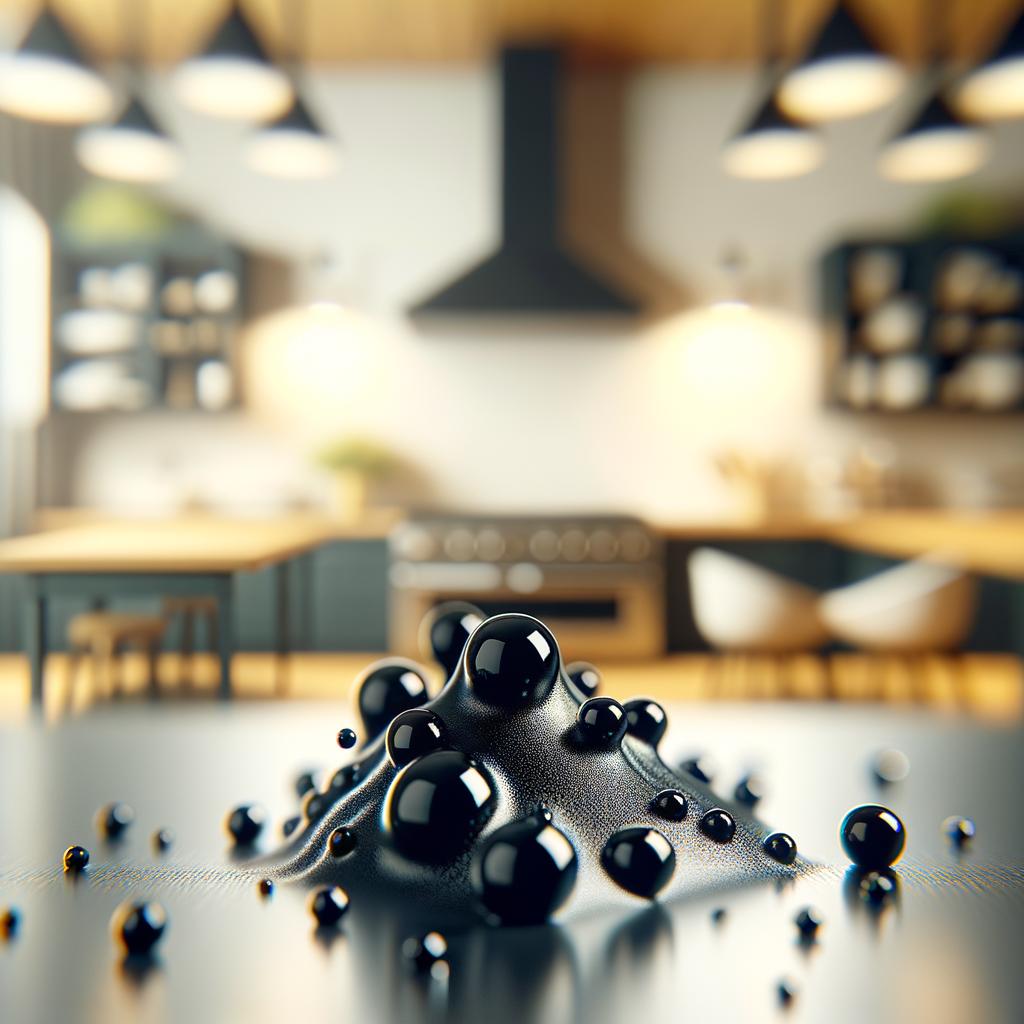Black Food Coloring

Description
Black food coloring, often referred to as the 'midnight painter', is a captivating addition to any culinary artist's palette. It has a rather mysterious appearance, a deep, inky hue that can transform any dish into a visual masterpiece. Its texture is smooth and flowy, much like a velvet river of darkness, easily blending with other ingredients without altering their texture. The flavor of black food coloring is subtle, almost nonexistent, designed to enhance the visual appeal of the food without interfering with its taste. What sets black food coloring apart is its ability to create striking contrasts and dramatic presentations in culinary creations.
Primary Uses
Black food coloring is a versatile ingredient, used in a variety of culinary applications. It is commonly used to darken cakes, cookies, and other baked goods, especially during Halloween or for themed parties. It can also be used to color pastas, rice, and even savory dishes for a unique and adventurous presentation. In beverages, it is used to create visually striking cocktails and mocktails. In non-culinary uses, black food coloring is often used in food photography and food styling to create visually appealing and dramatic contrasts.
History
The history of black food coloring is as intriguing as its color. It was first used in the early 20th century, as food presentation became more important with the advent of dining out and food photography. Its use was initially limited due to the difficulty in obtaining a true black color. However, with advancements in food technology, the production of black food coloring became more refined and widespread. It has since gained popularity among chefs and food stylists for its ability to create visually stunning dishes. There's a charming myth that black food coloring was first invented by a French chef who wanted to create a dish as dark as the night sky for a romantic dinner.
Nutritional Information
While black food coloring does not contribute any significant nutritional value to a dish, it is safe for consumption. It does not contain any vitamins, minerals, or macronutrients. However, it is important to note that some people may have sensitivities or allergies to certain food colorings. Compared to natural food colorings, black food coloring is often more concentrated, requiring less quantity to achieve the desired effect. As a food historian and nutritionist, I always encourage using food colorings sparingly and responsibly, not just for visual appeal but also considering the overall nutritional balance of the dish.

